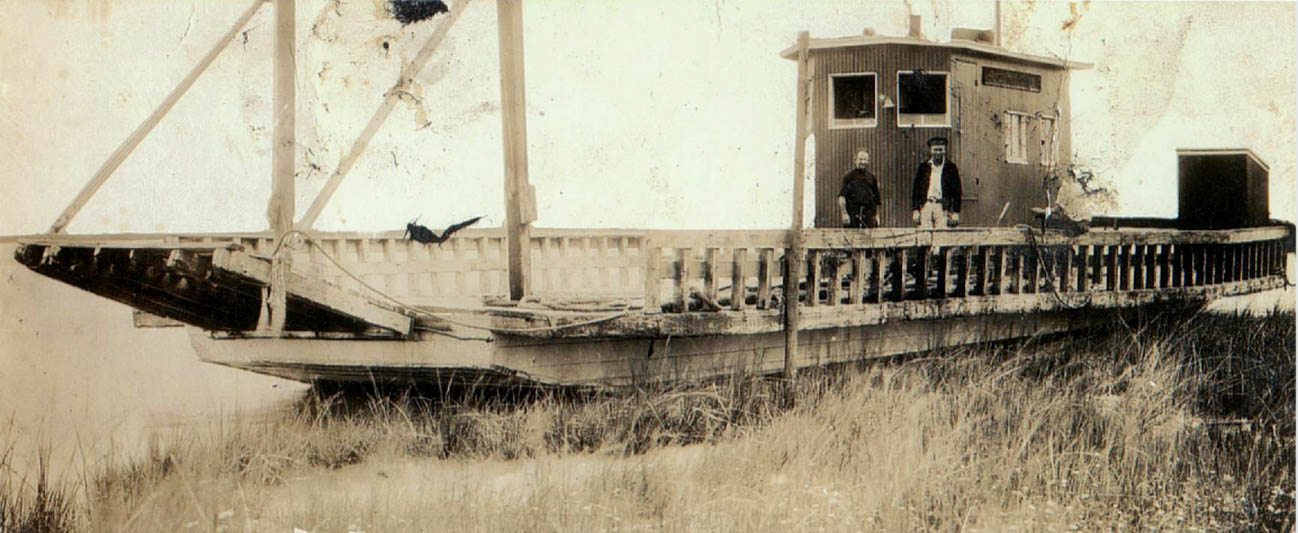There is no doubt that the story of the day is the completion and opening of the new Bonner Bridge, now officially named the Marc Basnight Bridge, a 2.8 mile span over Oregon Inlet. The architecture is almost lyrical with its rising curves of concrete flowing above the waters of the Inlet, and the views from the bridge of both the Pamlico Sound and the Atlantic Ocean are among the region’s most compelling. The “History of the Bonner Bridge” and “A Look Back at Decades of Controversy” by Island Free Press editor Joy Crist provide a comprehensive chronicle of the bridge. They include references to the National Park Service publication “The Creation and Establishment of Cape Hatteras National Seashore,” an online publication that all visitors to our beautiful Hatteras Island should read.

But as a history buff, I must admit that when my husband and I first crossed the beautiful new bridge, I looked down at the waters of the inlet, uncharacteristically calm that day, and remembered the stories of the ferries that once were once the only public transportation from Bodie Island to Hatteras Island. Among those boats serving travelers and commerce on North Carolina’s inlets, rivers and sounds were the ferries constructed and operated by Toby Tillett, who began his ferry service between Bodie and Hatteras Islands around 1924. William S. Powell’s Encyclopedia of North Carolina describes Tillett’s vessel design as the most unusual of all the ferries serving North Carolina waterways. It was a 2-car, 45-foot wooden barge named the Oregon Inlet. “Because the channels in the inlet and shoreline were forever in a state of flux,” Powell writes, “Tillett made no effort to establish any dock or permanent landing place on either the Bodie Island or Hatteras Island side. Instead, he put a landing ramp on the bow that could be raised or lowered by one man with the aid of chains or pulleys. When coming in for a landing, Tillett would ram the bow of his ferry against the shore at whatever he considered the best spot on that particular day, then lower the ramp and guide the drivers as they backed onto the sandy beach. The system proved so successful that Tillett continued to use it in the successively larger ferries he built for the Oregon Inlet run, the 10-car New Inlet and the 14-car Barcelona.”
After World War II, the State of North Carolina became this area’s ferry system operator when it purchased Thomas A. Baum’s ferries at Alligator River and Croatan Sound, the Toby Tillett ferries at Oregon Inlet, and Frazier Peele’s Hatteras Inlet facilities. Eventually bridges were built across the Alligator River and Croatan Sound, and in 1963 the mighty Bonner Bridge, named for Congressman Herbert C. Bonner, was constructed.
Though I love the convenience and beauty of our new Oregon Inlet bridge, I wonder if we are missing something when we glide across it. There must have been a deep sense of satisfaction when the Tillett ferry hit the sand with a Thump!, the ramp was lowered and the traveler knew he had safely landed on this beautiful island.
